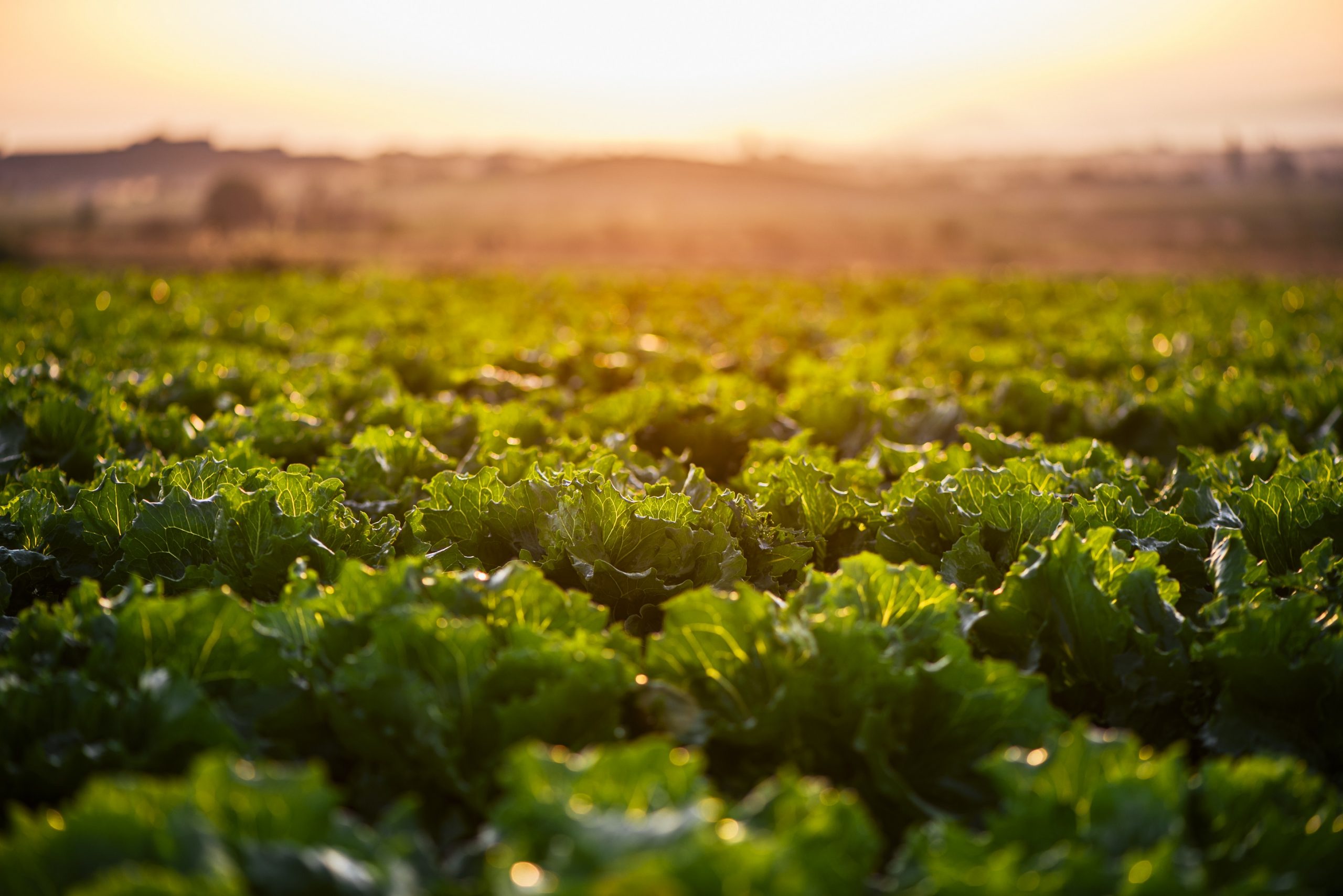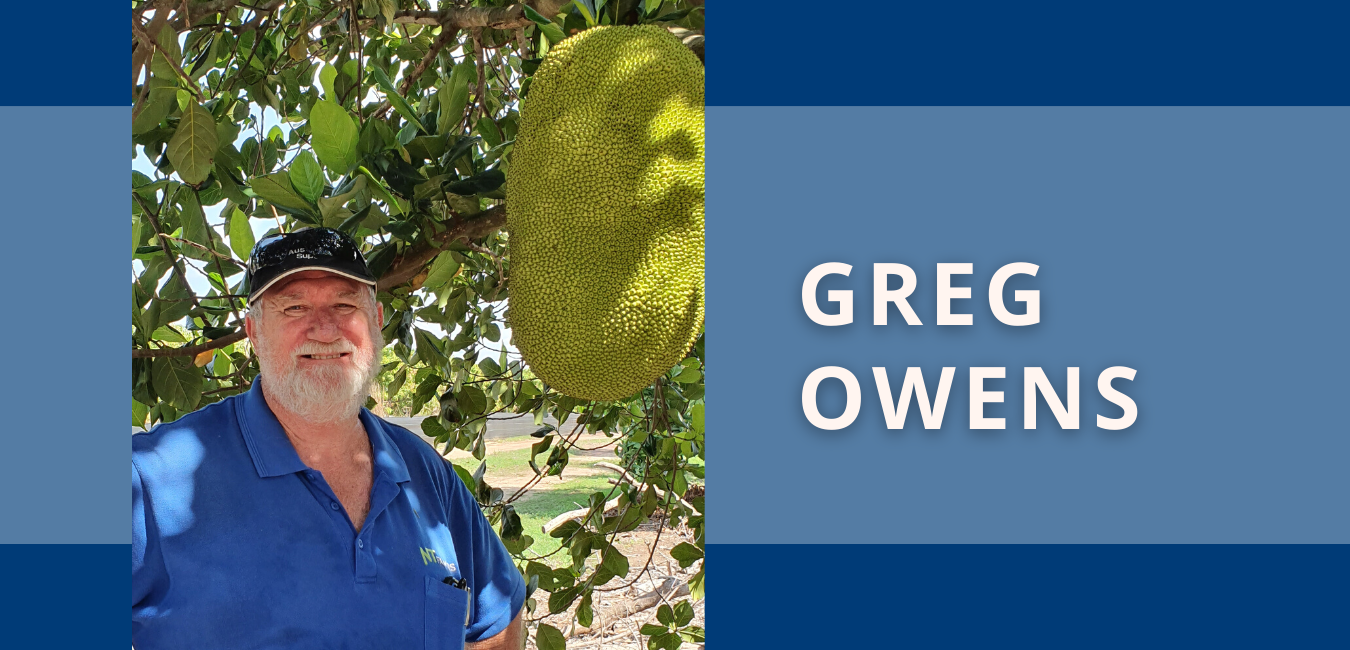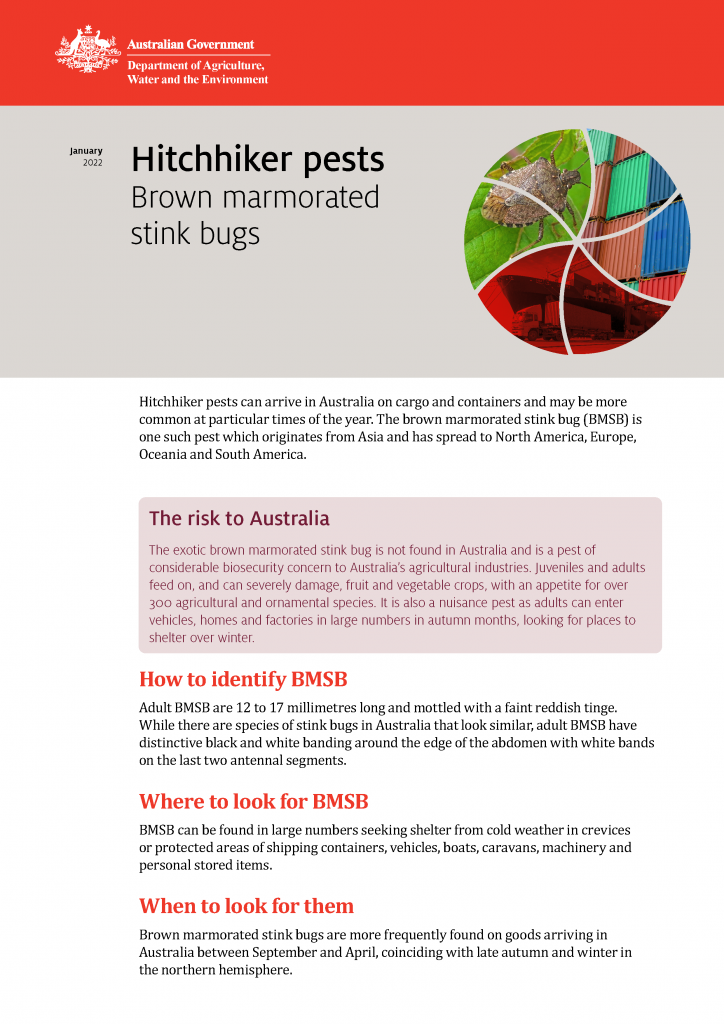
AUSVEG Federal Election Priorities: Boosting consumption, improving efficiency & increasing resilience
25 January 2022
Recognising Greg Owens: A farmer’s friend
1 February 2022The brown marmorated stink bug (BMSB) is an exotic pest that could cause major damage to agricultural crops, nursery stock and ornamental plants. It’s also a nuisance because it seeks shelter in large numbers, in buildings and equipment during the winter months. It has a foul-smelling odour when crushed or disturbed.
This particular bug is a high priority pest which needs to be kept out of Australia. It is well known to stow away in cargo arriving from the northern hemisphere between September and April each year.
Government informs and updates potentially affected plant industries on any detections through the Consultative Committee on Emergency Plant Pests. The committee provides a mechanism to share information and respond to Emergency Plant Pest incursions.
An Emergency Plant Pest is defined under the Emergency Plant Pest Response Deed for which Plant Health Australia is the custodian.
Current situation/detections
Queensland
The Queensland Department of Agriculture and Fisheries (DAF) is responding to a detection of BMSB at Burleigh Heads, Queensland.
In late December 2021, an importer detected live BMSB while unpacking goods from two shipping containers. The two containers were part of a consignment of five containers imported from China.
Biosecurity Officers from the Department of Agriculture, Water and the Environment (DAWE) examined goods from another two containers from the consignment and detected multiple live, dying, and dead stink bugs within the goods. These two containers had been unpacked at the site in days preceding the officers’ attendance.
Whilst securing the goods, at least one BMSB was seen flying off into the vegetation. It is also possible that more may have escaped from the goods over previous days.
A pest controller has attended the site and sprayed the outside of the shed, the other goods stored nearby, and the perimeter foliage. As it was raining on and off the day of the treatment, Queensland DAF arranged a second treatment of the site, as the efficacy of the first treatment may have been affected.
In response to this detection, DAWE and Queensland DAF have deployed 38 traps within a 500m surveillance zone (36 pheromone traps and two light traps) to determine the pest status within the area.
Surveillance of the site on 2 January 2022 and 3 January 2022 detected small numbers of live and dead BMSB in or near traps. A single dead BMSB was detected in a light trap on 7 January 2022, whilst no further BMSB were detected during an inspection on 10 January 2022.
To confirm whether an Incident has occurred, Queensland DAF will continue to check the traps on three days during the week beginning 10 January 2022, and then twice weekly subject to no detections.
On 12 January 2022, the Consultative Committee on Emergency Plant Pests (CCEPP) met and is awaiting further surveillance results before determining whether national response arrangements will be triggered under the Emergency Plant Pest Deed.
Preventative action by government
The Australian Government Department of Agriculture, Water and the Environment (DAWE) is responsible for Australia’s biosecurity at our international border and manages the risk of BMSB arriving in Australia.
In response to the rapid expansion of BMSB throughout Europe and North America, the department has retained the seasonal measures to manage the risk of BMSB from arriving in Australia for this season.
The risk season for BMSB is between 1 September and 30 April inclusive, which is when additional import measures are put in place for imported sea cargo. These measures apply to specific goods arriving from certain countries, where BMSB is present.
The current 2021-22 season sees measures applied to high-risk vessels and goods, from 37 countries in Europe and North America. Japan is subject to heightened surveillance for vessels only.
Poland was added to the list of target risk countries for the 2021-22 season. A further five countries have been identified as an emerging risk: Belarus, Malta, Sweden, United Kingdom and Chile.
Goods emerging from risk countries may be selected for a random onshore inspection, however these random inspections will decrease because of the additional mandatory measures that have been implemented. These include the mandatory treatment of target high risk goods and increased onshore intervention of target risk goods from target risk countries.
Roll-on roll-off, or ro-ro vessels, from target risk countries will be subject to a mandatory seasonal pest inspection.
Due to past detections, any air cargo that arrived between 1 September and 30 November 2021 from the USA and Italy was subject to random verification inspections if they contained certain target high risk goods.
The department runs the Vessel Seasonal Pest Scheme (VSPS) for ro-ro vessels, where shipping lines work with the department to create and implement risk mitigating measures that assist with identifying the biosecurity risk status of vessels prior to berthing, thereby reducing delays at the border. Only ro-ro vessels that are eligible for the ‘Vessel Seasonal Pest Scheme’ and have not detected any insects on board will be exempt from the mandatory seasonal pest inspection.
The department will continue to perform inspections on vessels for other biosecurity reasons unrelated to BMSB. The nature of these inspections will vary based on the biosecurity risk being managed.
Industry was engaged regarding the measures prior to the BMSB season. Industry information sessions through webinars were conducted, along with updated web content, fact sheets and meetings with peak industry bodies.
2020-21 detections
Post-border detections are where the pest has made its way to Australia and has been found at a location which is not under biosecurity control.
During the 2020-21 season, there were no post-border detections of BMSB. This may be a result of the increased seasonal measures that were implemented by the department. All interceptions of BMSB were detected at the border and were contained.
When there are BMSB detections, the DAWE works closely with state and territory governments to manage the risk of the pest establishing a viable population in the environment. There are national response arrangements in place for circumstances where BMSB is detected in goods that are outside the department’s border control.
Look for, and report BMSB
Growers and residents in the Burleigh Heads area are asked to remain vigilant for the bug and monitor their fruit and other host plants for unusual damage.
If you think you have spotted what could be a BMSB in the area, contact Queensland DAF immediately. You can do this by phoning the Exotic Plant Pest Hotline on 1800 084 881.
Biosecurity and your role
Everyone has a role in keeping pests and diseases out of Australia.
Warehouse workers / transporters / importers
Anyone who works with or receives imported goods should always keep an eye out for pests.
The BMSB will stow away inside shipping containers, and they can be found within the goods in the container, including boxes and packaging. They also seek shelter in break bulk cargo including vehicles and machinery.
BMSB are known to hitchhike their way to Australia with cargo from the USA, Europe and some Asian countries.
It has the ability to survive for long periods in cargo by remaining dormant.
If you notice any bugs or other pests, don’t remove the contents of the container, shut the doors and don’t allow the container to be moved – especially to an area outside if it’s in a warehouse.
Collect any dead or live specimens so our entomologists can confirm the species. Any live bugs should be held in a container that prevents them from escaping.
Phone the Secure. Report Hotline on 1800 798 636 or complete the online form at awe.gov.au/report. This will put you in touch with the Australian Government Department of Agriculture, Water and the Environment which manages the biosecurity of imported goods.
Purchasing goods from overseas
Anyone who purchases goods online from overseas, needs to be aware of BMSB and its potential to arrive as a hitchhiker pest within packages.
Particular attention should be paid to second hand goods or items that may have been in storage for some time. If you receive a package that has live bugs inside, you need to take immediate action.
Re-seal the box or package to prevent further bugs escaping. If bugs have already escaped, try to catch them and put them in a sealed container. If you can, take a clear photo of it. Then immediately call the Secure. Report hotline on 1800 798 636. This number will put you in contact with the Department of Agriculture, Water and the Environment, and you will be advised on what to do next.
Local residents and growers
If you think you have seen BMSB in your crop or backyard, phone the Exotic Plant Pest Hotline on 1800 084 881. This will put you in touch with your local department of primary industries or agriculture.
The most effective way to detect BMSB is by visually inspecting host plants. They are large bugs that emit a foul odour when disturbed.
BMSB looks similar to native Australian stink bugs, but it is larger. The white bands on its antennae are a distinguishing feature.
About BMSB
BMSB is a significant threat to agriculture due to its wide host range and the damage it can do to vegetable crops and fruit and ornamental trees.
It is known to feed on more than 300 hosts, including agricultural crops such as nuts, grains, berries, cotton, citrus, soybean, nursery stock and some ornamental and weed plant species. While feeding, the bug’s saliva causes significant damage to plant tissues.
The bug is not a risk to human health but is regarded as a nuisance pest because it seeks sheltered places to overwinter such as inside homes, vehicles, machinery or sheds, often in large numbers.
BMSB is native to eastern Asia (China, Japan and Taiwan) but was introduced to North America in the mid-1990s and more recently to Europe, where it is rapidly becoming a serious pest.
Adults range in length between 12-17 mm. They are mottled brown in colour and have a shield-shaped appearance.
There are five nymphal stages that range in size from less than 3 mm to 12 mm long. The nymphs are orange and black when they first hatch but quickly develop a similar colouration to the adults. The juvenile, or nymphal stages, cause the most damage to plants and crops.
Eggs are cream to yellow-orange and approximately 1.6 mm long and laid in clusters on the underside of leaves.
BMSB uses cargo containers and freight vehicles to hitchhike across continents and oceans. The bug’s ability to hitchhike, fly, and to feed on a wide range of plant hosts, enables it to spread rapidly when it is introduced to new areas.
It has the ability to survive in cargo for long periods by remaining in a dormant state.
View more information below on this fact sheet:
 Response arrangements
Response arrangements
The Consultative Committee on Emergency Plant Pests provides technical and scientific advice in response to exotic plant pest and disease incursions. The Committee is chaired by Australia’s Chief Plant Protection Officer and comprises the Chief Plant Health Managers from each state and territory, representatives from affected industries that are signatories to the Emergency Plant Pest Response Deed (Deed), as well other specialists from government and Plant Health Australia. In the case of this incident, the affected industry groups are:
| Industries | |||
| APAL | Apple and Pear Australia | DFA | Dried Fruits Australia |
| AGW | Australian Grape and Wine Incorporated | GPA | Grain Producers Australia |
| APTRC | Australian Processing Tomato Research Council | HGA | Hazelnut Growers of Australia |
| ATGA | Australian Table Grape Association Inc. | GIA | Greenlife Industries Australia |
| AUSVEG | AUSVEG | RBA | Raspberries and Blackberries Australia |
| CFICA | Canned Fruit Industry Council of Australia | SAI | Strawberries Australia |
| CGA | Cherry Growers of Australia | SAL | Summerfruit Australia |
| Cotton | Cotton Australia | ||
The National Management Group (NMG) consists of Chief Executive Officers from government agencies responsible for agriculture, and affected industry organisations that at signatories to the Deed. It is chaired by the Secretary of the Australian Government Department of Agriculture, Water and the Environment. Plant Health Australia is a non-voting member.
NMG makes decisions on whether to support national eradication programs for pest or disease outbreaks under the Deed. NMG considers recommendations provided by the consultative committee before making decisions on whether a pest or disease is technically feasible to eradicate.
The Deed is a formal legally binding agreement between Plant Health Australia, the Australian, state and territory governments, and national plant industry bodies representing specific cropping sectors. The Deed covers the management and funding of nationally agreed responses to emergency plant pests.

